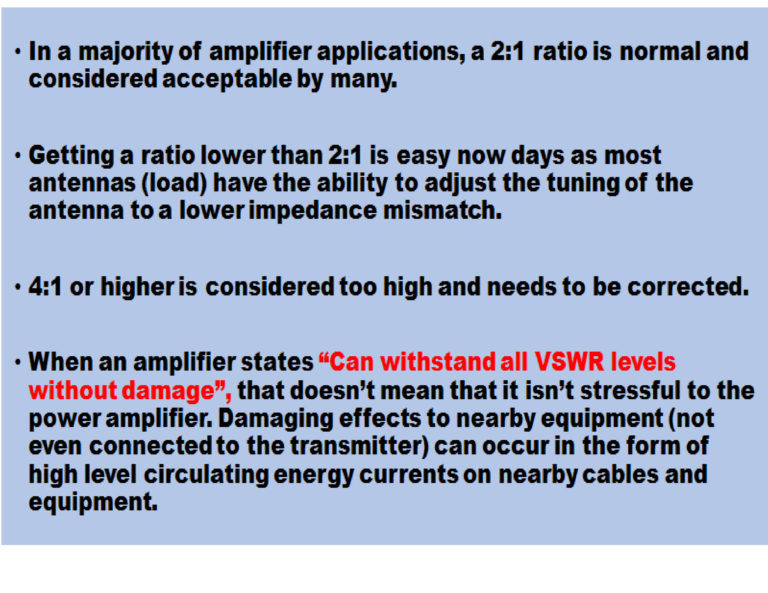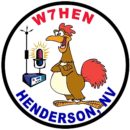
TEK NET 20220828
The Henderson Amateur Radio Club is pleased to present our Tek Net every Sunday evening, starting at 8pm local time (0300 UTC).
The audio portion of the Tek Net will be found on the Henderson Amateur Radio Club Repeater Network (RF). The audio may also be accessed via Echolink (W7HEN-R node 740644) and Allstar (node 44045).
The audio will refer to this page, so that the listener can more fully understand the concepts as they are presented.
All are welcome!
Past Tek Nets Available Here
Tek Net Comments or Suggestions
August 28, 2022
“VSWR – What is it?”
Tonight’s discussion will be on our old friend VSWR.
What is is…
How do we measure it…
What happens when it’s too high…
And other tid-bits of information about VSWR.
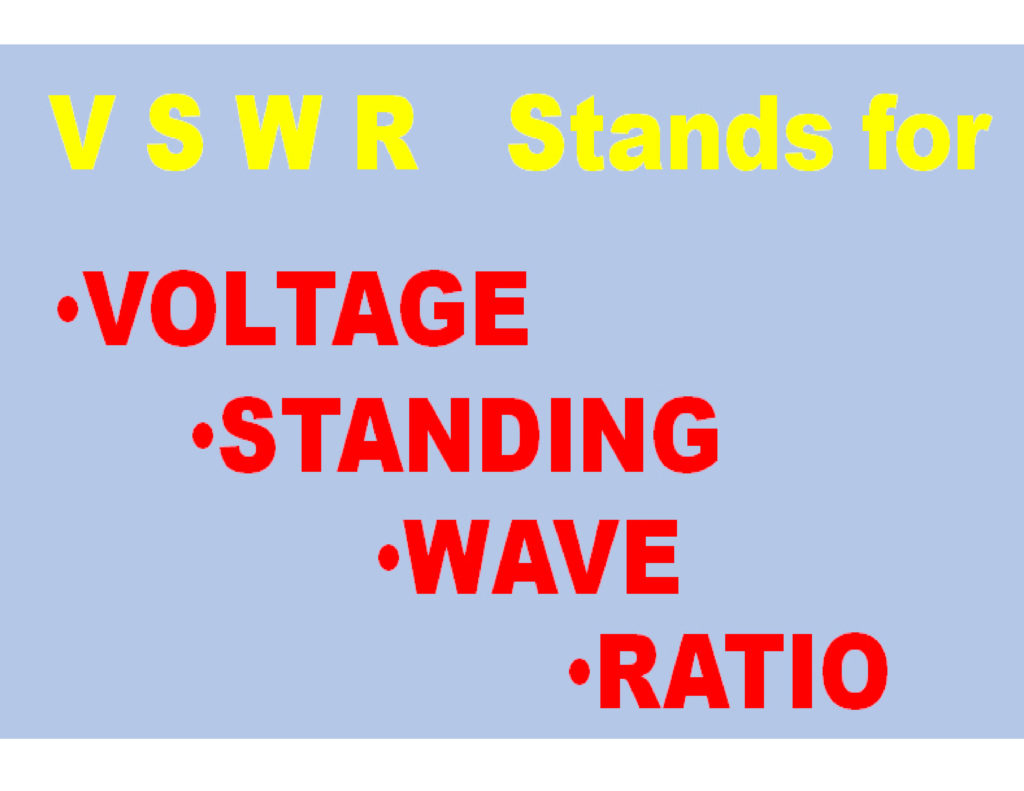
The majority of radio communications antennas systems are typically 50 ohms. Tonight we will not deviate from these types of antenna systems for simplicty’s sake.
There are many different ways to find out what an antenna’s VSWR is. RF wattmeters like the Bird Model 43, that hasn’t changed in design since the 1970’s. Analyzers like the MFJ unit.
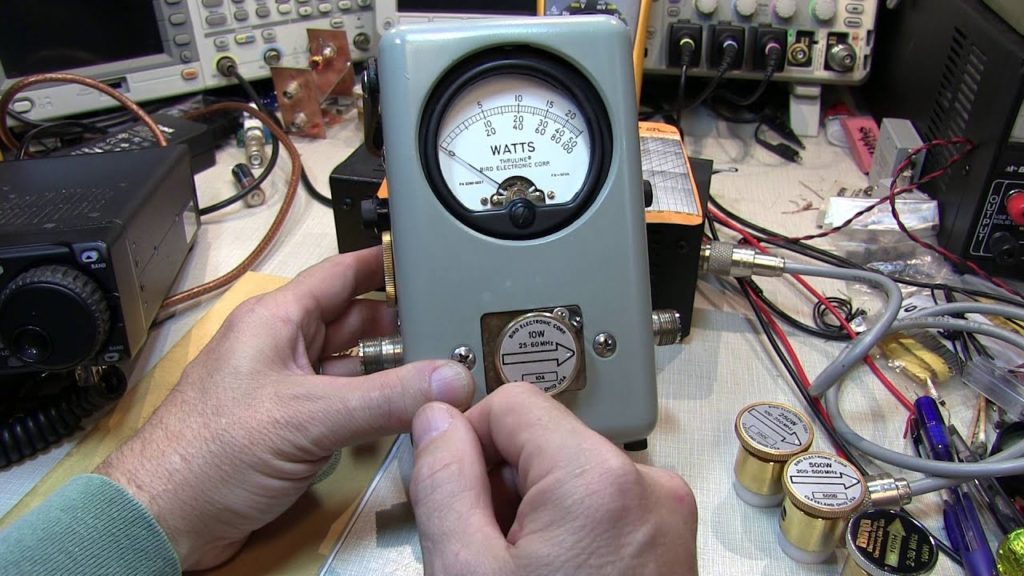

Another popular device is the Nano VNA, this stands for Vector Network Analyzer.
This device provides a great deal of technical information concerning the antenna under test.
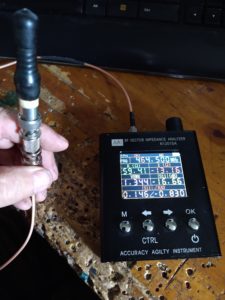
Using a watt meter that has the capabilities to measure FORWARD RF power as well as measuring REVERSE (Reflected) power, we can use the following formula to to determine what the antenna system under test VSWR is.
![]()
![]()
![]()
Here I am going to insert the known values that I measrued with the thru-line Model 43 wattmeter.
My forward power is measured at 95 watts and my reverse or reflected power is 11 watts.
11 watts sounds like a lot of reflected RF energy, but as we can see the actual VSWR turns out to be 1.2:1. This is a very good VSWR.

One thing I like about using a VNA is it’s ability to test hand held portable radio antennas directly.
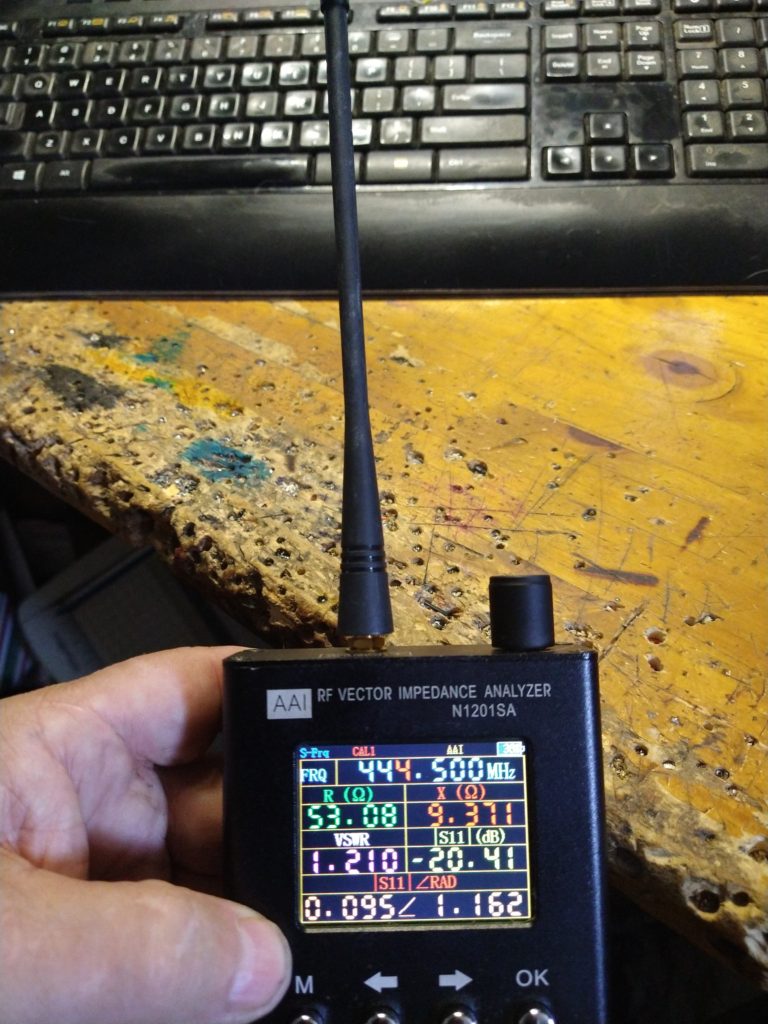
The VNA is able to measure the condition of a feedline indicating if it is OPEN or if it is SHORTED.
Note – the feedline should be terminated with a 50 ohm load.

OK…now we have measured our antennas system and find that we have a severe problem with a very high VSWR, what happens now? Using the chart below we can see just how much RF energy is NOT being radiated from the antenna and is in fact coming back down the feedline (reflected) and entering the RF power amplifier stage.
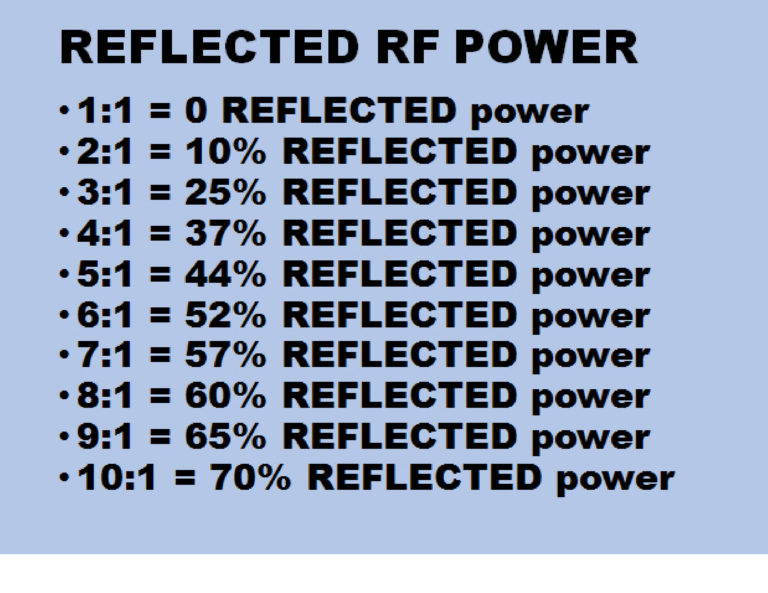
What happens when this condition exists, is nothing short of a catastrophic situation.
By having the RF energy flowing back into the amplifier output stage, now there is twice the voltages that the stage is designed to operate at, this creates an extreme increase in operating temperature on the devices and can surpass safe operating limits.
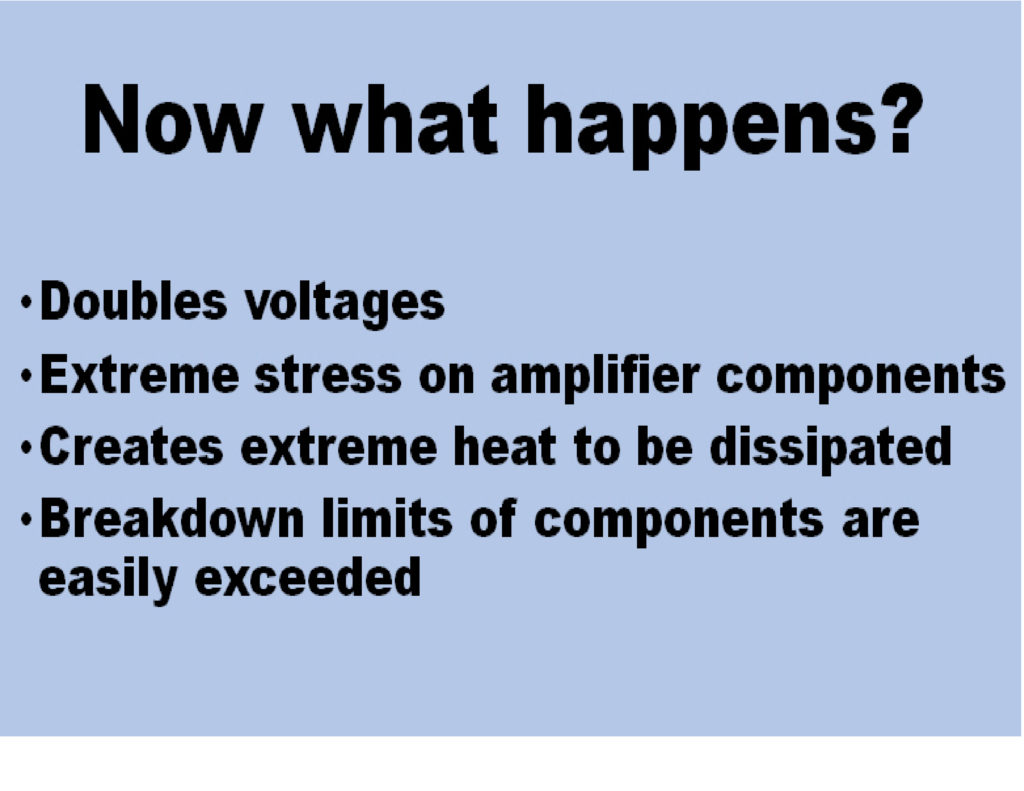
The types of protection circuits that are designed into the RF power out stage of transmitters and amplifiers are here.
![]()
![]()


